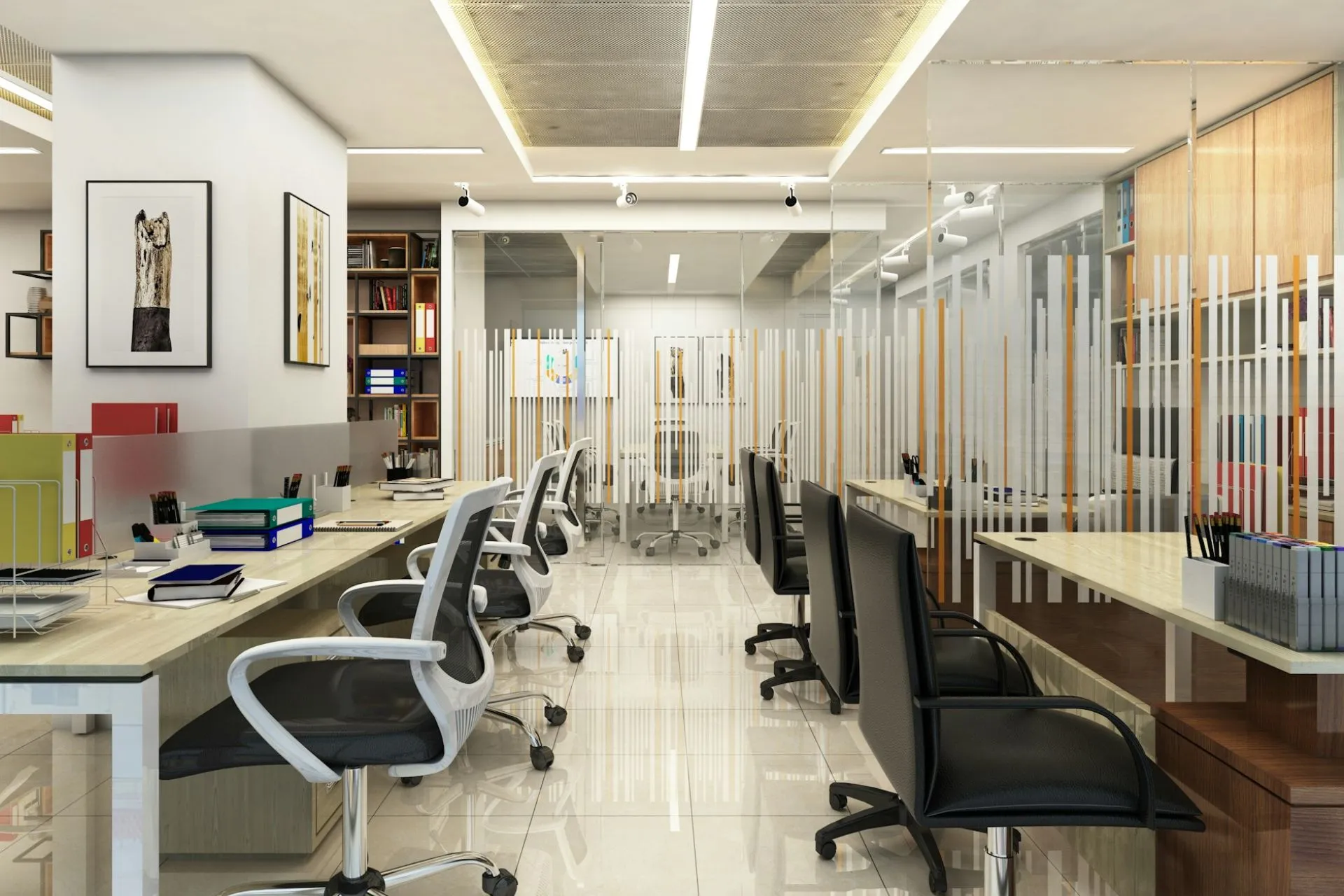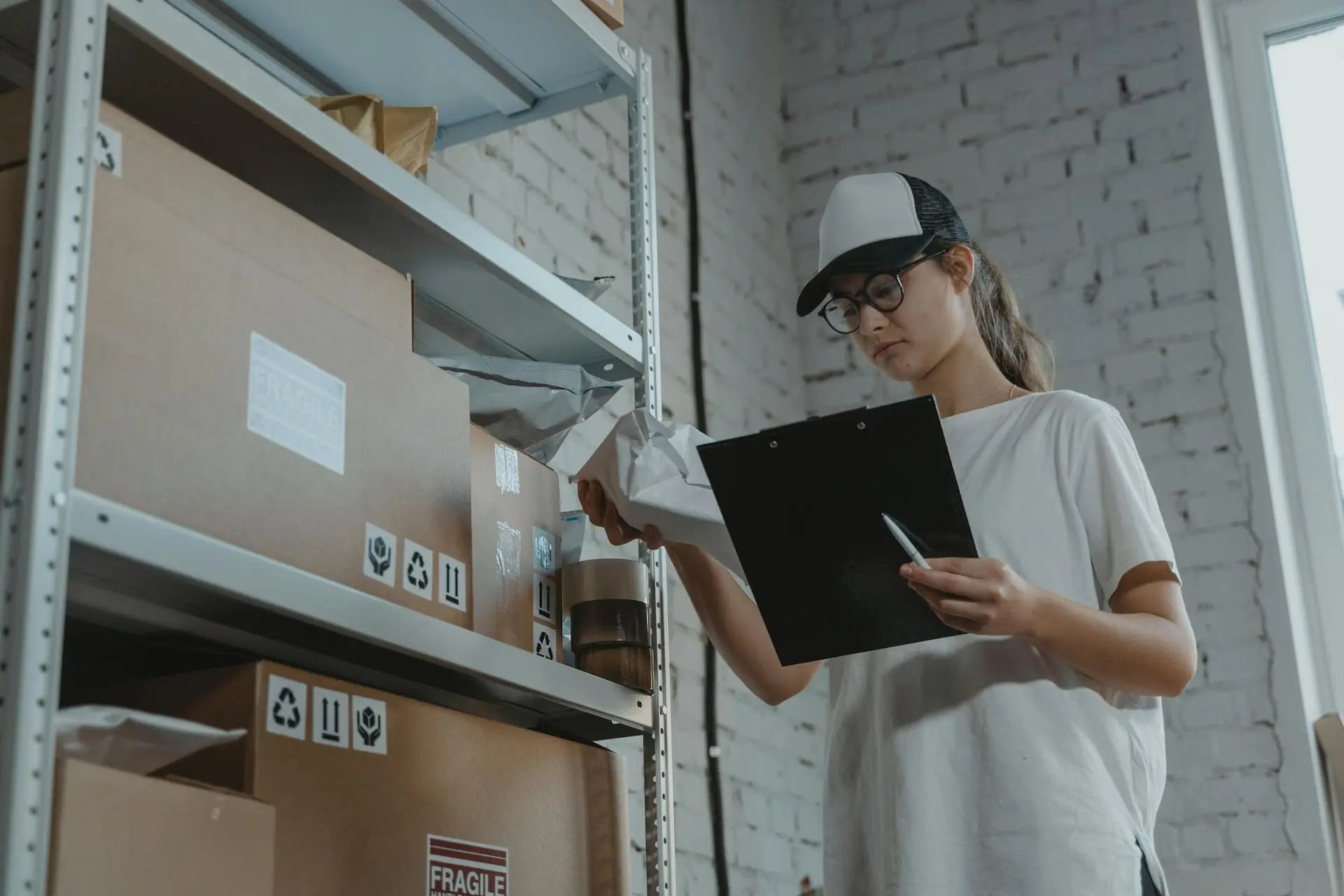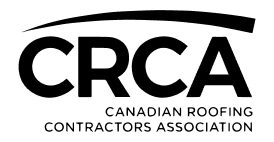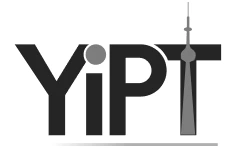Business Personal Property Coverage in Canada: A Complete Breakdown for 2025
Business personal property (BPP) insurance protects a company’s movable operational assets from theft, damage, or loss. It’s essential coverage for on-site businesses of all sizes, whether you operate from a leased office, storefront, or warehouse.
Your business needs more than just the space it stands on. The tools, furniture, equipment, and technologies you have on site are all non-negotiables that keep your operations running day to day. What happens when they break, get stolen, or are damaged overnight?
Business Personal Property insurance (BPP) helps you protect your operational investments in the event of an incident. This guide will walk you through what BPP covers, what it doesn’t, and why your business shouldn’t go without it.
What is Business Personal Property Insurance?
BPP insurance coverage protects a company’s physical, movable assets. They include tangible personal property owned or rented by the business and located on-site, whether the space is leased or owned. BPP insurance minimizes financial losses when these items are:
- Lost: BPP coverage reimburses the cost of replacing business property that disappears as a direct result of a covered peril (e.g., warehouse collapse or cargo destroyed in transit). Note, however, that it doesn’t include misplaced items.
- Stolen: BPP covers the cost of stolen items that were on-site, temporarily stored off-site, or in transit.
- Damaged: You can file an insurance claim to cover the damage caused to your movable assets. The covered perils may vary depending on your insurance provider, but typically include fires, vandalism, and burst pipes.
Below are examples of what BPP typically helps protect in real-world business setups:
- Construction: A contractor’s portable generator is stolen from a locked storage container at a jobsite overnight.
- Tech: The server room in a leased office suffers water damage after a sprinkler malfunction, destroying hard drives and networking equipment.
- Retail: A storefront window is smashed during a break-in, and display merchandise near the entry is damaged or stolen.
- Manufacturing: A power surge during a storm damages several standalone machines on the production floor that aren’t connected to backup protection.
All these events are eligible for BPP insurance claims since they involve movable, operational assets that are not part of the building’s permanent structure.
→ Learn more: What Insurance You Need For Your Commercial Property

Image source: Unsplash
What BPP Insurance Covers and Excludes
A business personal property policy covers tangible, movable assets. Think of it this way: if you flipped your business space upside down, anything that falls out could qualify as a covered asset.
Many small business owners still confuse BPP insurance with other types of coverage. Terms like business property insurance, commercial property insurance, and business interruption insurance are often used interchangeably. However, they protect different things entirely.
Here’s what Business Property Insurance typically covers by industry:
|
Industry |
Covered Items |
Not Covered |
Example Scenarios |
|
Construction |
Power tools, portable generators, jobsite equipment, safety gear |
Paved surfaces, permanently installed cranes, contractor liability |
A generator is stolen from a locked jobsite overnight. |
|
Retail and E-Commerce |
Inventory, POS terminals, shelving, signage |
Building structure, owned delivery vehicles, spoiled goods from outages |
Merchandise is lost during a warehouse fire. |
|
Technology and SaaS |
Laptops, servers, networking gear, development hardware |
Cloud-based software, leased office space, and cyber liability |
A burst pipe floods the IT room, causing damage to the servers. |
|
Professional Services |
Office furniture, copiers, filing cabinets, presentation equipment |
Company data, building walls/flooring, business interruption losses |
Laptops are stolen from a coworking space after hours. |
|
Manufacturing (Light/SME) |
Freestanding machinery, specialized tools, and packaging equipment |
Bolted-down machines, structural upgrades, production loss revenue |
Tools are damaged during transport between facilities. |
Even with the same insurance policy type, coverage can vary depending on your business activities and location. It’s important to work with a flexible insurer, like KASE Insurance, that understands specific industry nuances to get the coverage fit for your operations. They’ll help you get a comprehensive policy and identify gaps that could cost you later.
Who Needs BPP Insurance in Canada?
Businesses of all sizes benefit from BPP insurance. Whether you run a small consulting firm with a few laptops or manage multiple storefronts filled with inventory, you’d want to insure your assets. It’s not about the fanciness of your setup, but rather how costly it would be to replace it.
Here are some of the most common reasons Canadian companies in these industries choose to secure this coverage:
- Construction: Since job sites change constantly, tools and gear are often left overnight in trucks or temporary storage rooms. Unfortunately, this setup encourages theft. The loss of key tools, even seemingly small pieces, could translate to weeks’ worth of delays. Insurance helps contractors stay on schedule.
- Retail and E-Commerce: A calamity or break-in can wipe out thousands of dollars of stock overnight. BPP helps maintain cash flow when restocking after unexpected losses. Store owners won’t have to pay out of pocket just to stay operational.
- Technology and SaaS: IT teams rely on expensive, high-value equipment to maintain uptime. In cases of calamities, e.g., flooded server rooms, the damages could easily reach several hundred thousand dollars. BPP can help cover a significant portion, if not all, of the repair fees.
- Professional Services: Legal, design, or consulting firms may lease shared spaces. BPP protects against losses from shared office incidents like theft or accidental water damage.
- Manufacturing (Light/SME): Equipment may be moved between sites or stored in multiple locations. BPP protects against transit damage or losses that stall production lines.

Image source: Pexels
What’s the Cost of BPP Insurance in Canada?
BPP insurance premiums in Canada typically cost $400 to $1,000+ per annum for $100,000 of coverage. However, they vary widely depending on the nature of your business, the value of your property, and your location.
Most brokers don’t publish exact figures publicly, as policies are typically custom-built. You can request a quote for a ballpark figure.
Here are key factors that’ll affect your insurance quote:
- Industry Type: Insurers assess risk based on your exposure to asset damage or theft. For example, general contractors store tools across multiple job sites, which increases the chance of loss. Meanwhile, a marketing agency with fixed office gear poses lower physical risk.
- Property Value: The total declared value of your insured assets directly impacts your premium. Basically, a larger potential payout will spike your rates. A business with $500,000 in equipment will pay more than one with $50,000.
- Coverage Limits: Choosing replacement cost (RC) over actual cash value (ACV) raises premiums but ensures you can replace items at today’s market rates. It’s critical during inflation or supply shortages. Higher policy limits also increase base premiums.
- Location: Businesses in areas with higher crime rates, flood zones, or poor fire response times may face surcharges. Insurers use postal code data and historical loss records to assess risk levels in your area.
- Security and Risk Controls: Alarm systems, sprinkler setups, off-site backups, and restricted access storage help reduce your risk profile. Many carriers offer discounted premiums for businesses with verified loss prevention protocols in place.
- Claims History: Insurers view frequent or large claims as indicators of poor asset control or high exposure. A business with zero claims in five years is considered lower risk and will likely receive more competitive rates.
The Key Differences Between BPP vs. Commercial Property Insurance
Commercial Property Insurance and BPP may sound similar, but they serve different purposes. Commercial Property Insurance covers the building itself, e.g., walls, roof, and permanently installed fixtures, while BPP protects the movable assets that are essential to your operations.
|
Feature |
Business Personal Property (BPP) |
Commercial Property Insurance |
|
What it covers |
Tangible, movable assets used in business operations (e.g. furniture, inventory, electronics) |
The building structure and permanently installed fixtures (e.g. walls, roof, HVAC, plumbing) |
|
Who needs it |
Tenants, mobile service providers, owner-operators |
Building owners or businesses that own or are responsible for the premises |
|
Where it applies |
Inside a leased or owned space, and sometimes off-site (depending on policy) |
Only at the insured premises listed on the policy |
|
Loss examples |
Theft of inventory, fire-damaged laptops, and broken office chairs |
Roof collapse from snow load, burst pipes damaging drywall, and fire destroying the building |
|
Policy type |
Often added to a Commercial Property or Package policy |
Usually a standalone policy or bundled with BPP in a commercial package |
→ Learn more: A Complete Guide to Commercial Property Insurance in Canada
How to Estimate Your BPP Coverage Needs
To estimate your BPP coverage, you'll need the total value of your business assets. Here’s what to consider before coming in for a full assessment:
- What is the full replacement value of your furniture, electronics, and tools? It’s not the same as what you paid for them.
- Is your inventory seasonal? Estimate based on peak season levels, not current stock.
- Have you added tenant improvements to a leased space (shelving, lighting, signage)? If yes, include their value.
- Do you operate across multiple locations (e.g., trucks, jobsites, satellite offices)? Account for off-site equipment and gear.
- Are some items leased but insured under your name? These must also be included in your limit.
Getting a precise estimate helps you avoid overpaying and ensures you're not underinsured, keeping your insurance costs accurate.
Business Personal Property Insurance Cost Estimate Example |
|
Let’s say you run a small design and print studio in Toronto with the following business assets:
Estimated BPP Coverage Needed = $65,000 + $20,000 + $15,000 + $10,000 = $110,000 |
Tip: Instead of trying to guess the right price of BPP coverage, request a sample quote from KASE Insurance. Share your specific business needs, and we’ll give you an accurate estimate.
FAQs About Business Personal Property Insurance
Business personal property (BPP) covers all tangible, movable assets owned by a business that are not permanently affixed to the building. They include furniture, inventory, computers, tools, machinery, appliances, signage, and display racks. Permanently installed structures fall under commercial property insurance.
A well-structured small business insurance portfolio covers everything from liability and property to business interruption and cyber risks. While small business owners have different needs, coverage essentials typically include the following:
- Commercial General Liability
- Business Personal Property
- Business Interruption Insurance
- Professional Liability
The average cost of $1,000,000 in general liability coverage for small businesses in Canada ranges from $40 to $75 per month, depending on your industry and risk profile. It’s best to get a personalized quote and estimate from a trusted insurance company.
In Summary
- Business Personal Property (BPP) insurance protects your movable operational assets (e.g., furniture, inventory, tools, and equipment) from loss, theft, or damage.
- It applies to leased or owned spaces, helping you recover faster after incidents like fires, floods, or break‑ins.
- Different industries rely on BPP for different reasons: contractors protect tools on job sites, retailers cover inventory, and offices insure computers or servers.
- Average premiums in Canada range from $400 to $1,000+ per $100,000 of coverage, depending on risk level, location, and property value.
- BPP differs from Commercial Property Insurance, which covers the building itself and permanent fixtures.
- When estimating coverage, calculate the replacement value of your assets, include seasonal inventory peaks, and account for leased or off‑site equipment.
Safeguard What Keeps Your Business Running with KASE Insurance
Are your operations protected? At KASE Insurance, we don’t believe in one-size-fits-all coverage. We’ll work with you to protect the specific assets your operations rely on, from specialized tools and leased equipment to high-value inventory and office tech. Our commercial insurance specialists can tailor every policy to your needs.
Talk to our experts today, and let’s create a business personal property insurance plan that keeps your business moving forward.


 416 588 5273
416 588 5273 (416) 588 5273
(416) 588 5273 









